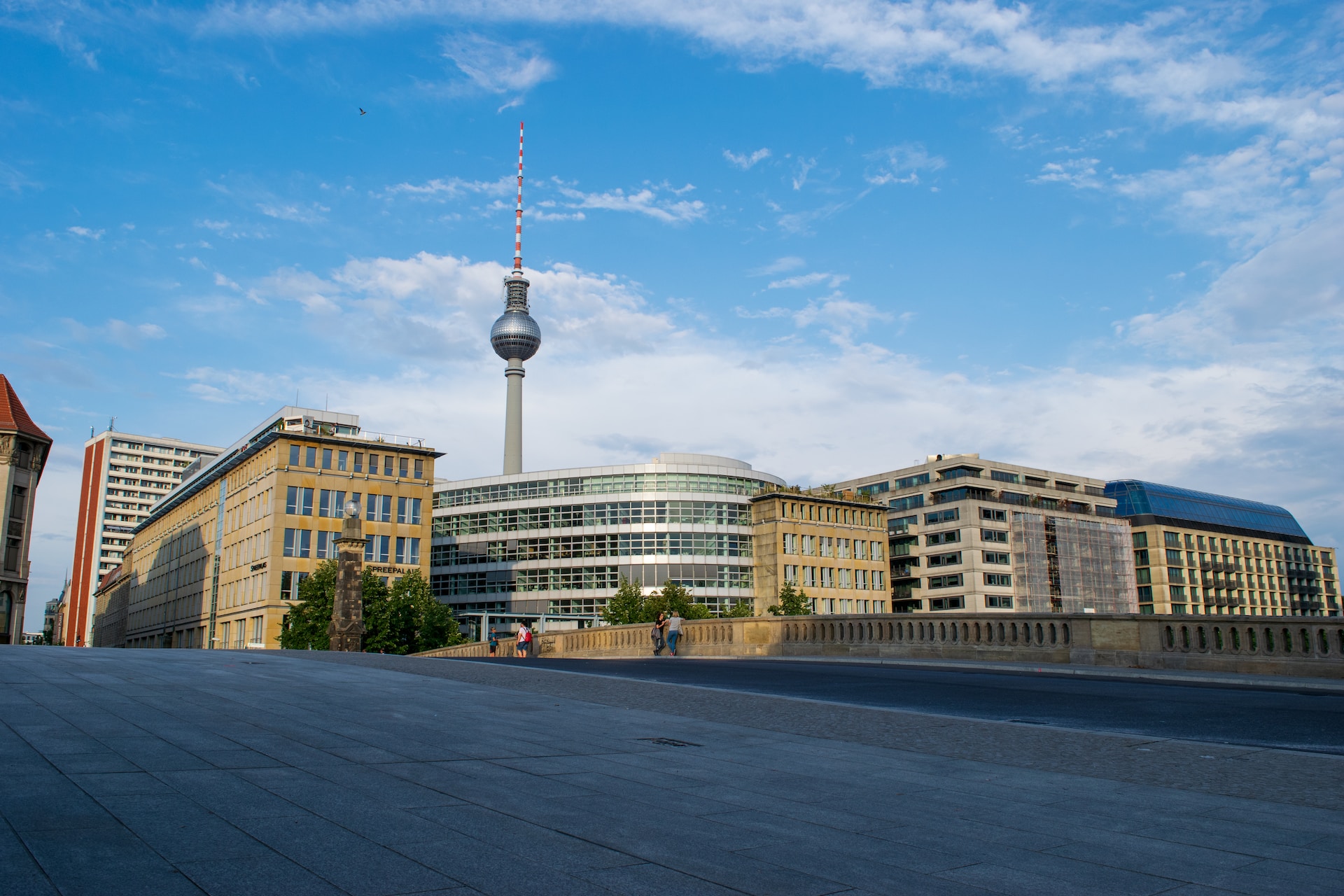Welcome to our blog post on the Schwules Museum in Berlin, Germany! If you’re interested in learning more about LGBTQ+ history and culture, this museum is a must-visit destination. In this article, we’ll explore the origins of the museum, its key attractions, and why it’s an important space for both locals and tourists.
The History of the Schwules Museum
The Schwules Museum, also known as the Gay Museum, was founded in 1985, making it one of the first LGBTQ+ museums in the world. Its primary focus is to preserve, exhibit, and explore queer culture and history. The museum started as a grassroots initiative by a group of LGBTQ+ activists who wanted to create a safe space and a repository for LGBTQ+ artifacts, documents, and artworks.
Today, the Schwules Museum stands as a symbol of queer visibility, celebrating the rich diversity of LGBTQ+ communities in Berlin and beyond. It has become a vital resource for researchers, artists, and individuals curious about LGBTQ+ history.
Museum Exhibits and Highlights
The Schwules Museum offers a variety of exhibits that showcase the history, struggles, and triumphs of the LGBTQ+ community. Here are a few noteworthy highlights:
1. Permanent Collection
The museum’s permanent collection provides an immersive experience into LGBTQ+ history. It includes photographs, documents, artworks, and personal stories that illuminate the journey and contributions of LGBTQ+ individuals throughout the years.
2. Temporary Exhibitions
In addition to its permanent collection, the Schwules Museum regularly hosts temporary exhibitions that delve into different aspects of LGBTQ+ life. These exhibitions may explore themes such as gender identity, queer activism, or LGBTQ+ representation in the media.
3. Educational Programs
The museum also offers various educational programs, such as guided tours, workshops, and lectures. These programs aim to educate visitors about LGBTQ+ history, activism, and contemporary issues.
Tips for Visiting the Schwules Museum
If you’re planning a visit to the Schwules Museum, here are a few tips to enhance your experience:
- Check the museum’s website in advance for current exhibitions and special events.
- Consider joining a guided tour to gain deeper insights into the exhibits.
- Don’t be afraid to ask questions! The museum staff is knowledgeable and happy to assist.
- Bring a notepad or take photos of the exhibits that particularly resonate with you.
- Support the museum by purchasing souvenirs or becoming a member.
How to Get to the Schwules Museum
The Schwules Museum is located in the vibrant Mitte district of Berlin. Here’s how you can reach it:
By Public Transport:
Take the U-Bahn to Nollendorfplatz station (U1, U2, U3, U4 lines). The museum is just a short walk away from the station.
By Car:
If you’re driving, there is limited parking available nearby. Consider using public transport as an alternative.
Conclusion
The Schwules Museum in Berlin is a treasure trove of LGBTQ+ history and culture. Whether you identify as LGBTQ+ yourself or are an ally wanting to learn more, this museum provides an enriching and educational experience.
Remember, diversity and inclusion are crucial in our society, and visiting places like the Schwules Museum helps us better understand and appreciate the struggles and achievements of marginalized communities.
If you find yourself in Berlin, be sure to include a visit to the Schwules Museum on your itinerary. Happy exploring!

